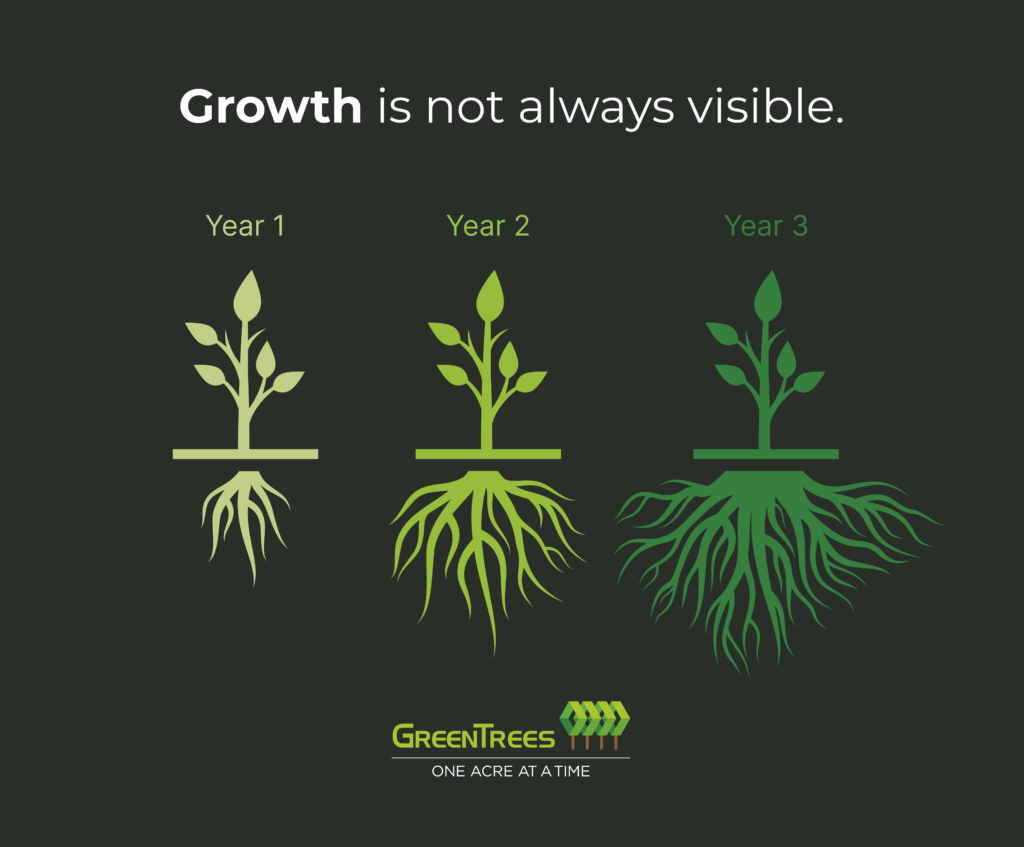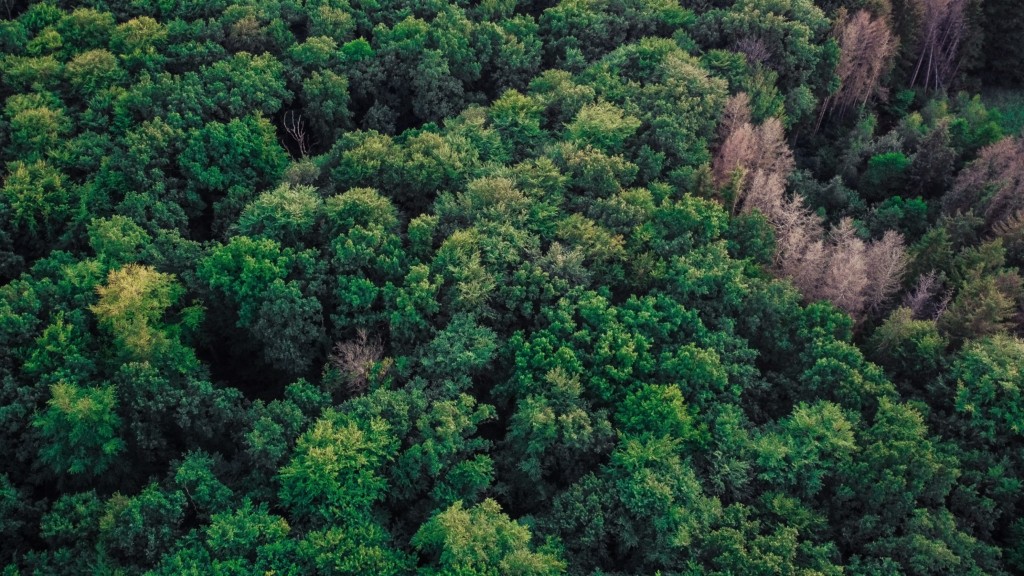For many years, our economy has not rewarded the natural assets around us. But as the balance of the earth’s resources shrink, amidst a steadily higher level of human consumption and overall growth in world population, technology alone will not supplant extractive resources quickly enough to be beneficial to the health of the planet.
The Second Industrial Revolution is being followed by a third industrial revolution: replacing resources extracted from the earth. Technology has been seen as a cure for how to allow an expanding population to survive in a fixed world of resources. But technology cannot keep up with consumption, and both are exerting pressure on the natural resource base of the world. If nature’s growing imbalance is to correct itself, nature itself must play a part.
Tree sequestration on scale will have many positive impacts in a restoration economy. The obvious impact is on natural systems themselves. Sequestration will improve flood flow attenuation rates. It restores dirt to soil, contaminated water to pure water, and noxious air to clean air. These impacts are direct. There are also indirect benefits from trees as restoration. They touch the land itself. An acre of ground restored will not only lose its negative opportunity impacts downstream on air, soil, and water; but it will also return an ecosystem to its natural composition: trees will feed the creation of nutrients and restore wildlife habitat essential for nature’s own creative process. The indirect benefits go beyond the land also. A restored acre of ground will have a multiplier effect, a positive opportunity cost, in its impact downstream in sustaining better water, soil, and air for space beyond the acres themselves.
Restoration has not been integrated into the economic value system to this point because the natural environment has not been costed. Without a price, it has no value. But as the liabilities of a dwindling supply of land and natural resources and their impacts on the sustainability of our population increase, value and price are being assigned to what has been considered an “externality.” Restoration economics is ultimately about removing the environment as an externality and making it part of the business structure of the 21st century and economy. In that light, GreenTrees is the first large-scale restoration company brings private capital to restore private lands.
That which gives urgency to restoration economics in a carbon-constrained world is environmental danger. In the past, problems in the environment could be cited and repaired with known past liability and cost. Climate change reverses course. It is an unknown future liability with unknown costs, and it cannot be repaired. So it must be mitigated and not just moderated, and tree sequestration is a major means of not only moderating the impact of carbon emissions but actually mitigating the creation of those emissions. GreenTrees is a mitigation strategy for climate change on enough scale to achieve impact through a combination of market forces that create a sustainable investment process.
To date, our means of dealing with conservation problems have been outside the markets. We have relied on charity as a “thousand acts of random kindness” or the force and foresight of governmental regulation. The first has great impact, but in limited duration. The second is not responsive to the creation of a restored economy, only the lessening of damages to one not working well with the environment. If, however, the market mechanisms can be part of underwriting landscape change, the future is brighter.
GreenTrees takes this new road, and takes it boldly.




